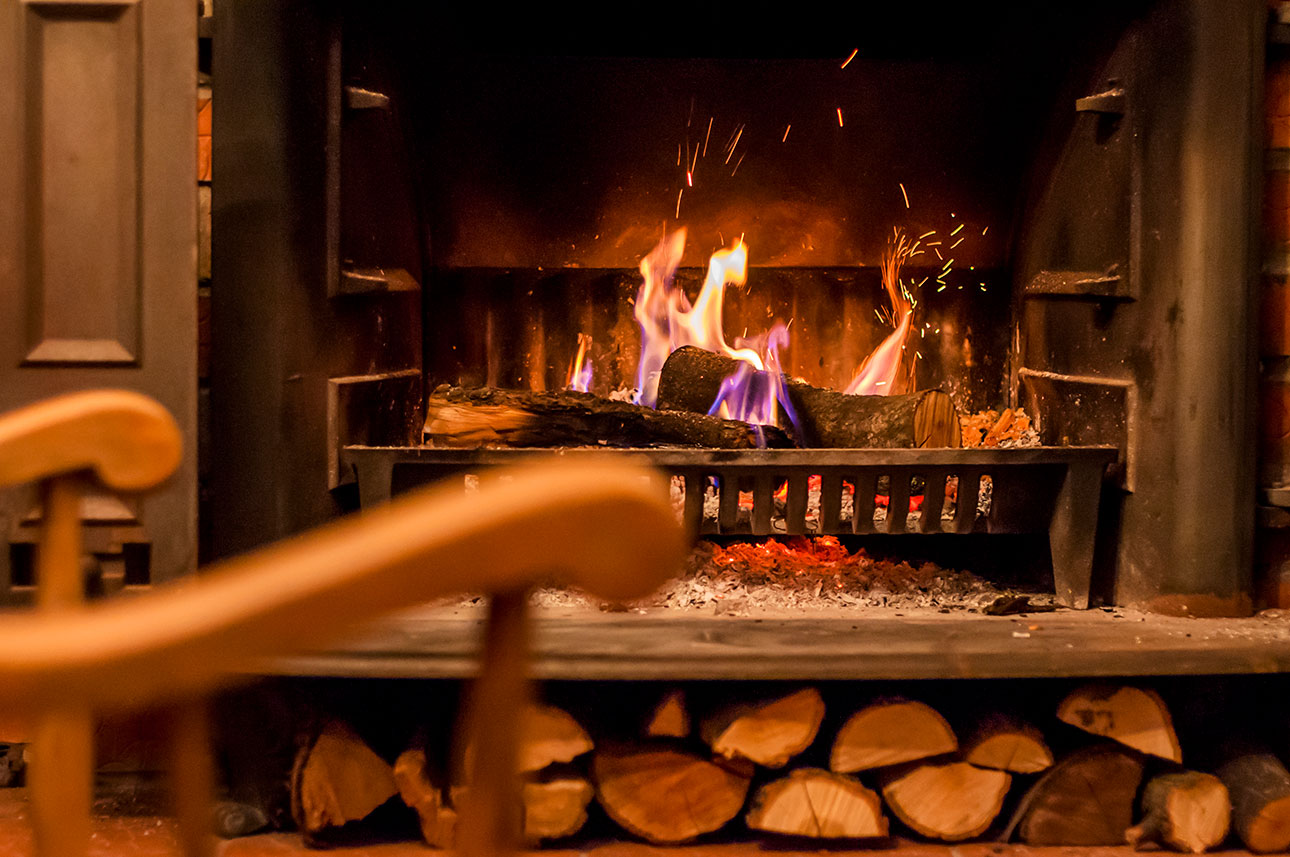

Articles
How To Close Fireplace Damper
Modified: February 23, 2024
Discover the step-by-step process of closing your fireplace damper with our helpful articles. Learn how to conserve energy efficiently and prevent drafts in your home.
(Many of the links in this article redirect to a specific reviewed product. Your purchase of these products through affiliate links helps to generate commission for Storables.com, at no extra cost. Learn more)
Introduction
Fireplaces are not only a source of warmth and coziness in our homes, but they can also add a touch of elegance and charm to any room. However, it is essential to understand how to properly operate and maintain a fireplace to ensure it functions safely and efficiently. One crucial component of a fireplace that plays a significant role in its operation is the damper.
A fireplace damper is a mechanism located in the flue or chimney of a fireplace that helps control the airflow. It acts as a barrier that opens and closes to allow or restrict the passage of air and smoke. Understanding how to close the damper when the fireplace is not in use is crucial for a few reasons.
Firstly, closing the damper prevents cold drafts from entering the room when the fireplace is not in use. This can help save energy and maintain a comfortable indoor temperature. Secondly, closing the damper when the fireplace is not in use prevents warm air from escaping the room through the chimney, which can also lead to energy wastage. Lastly, closing the damper helps prevent critters, debris, and rainwater from entering the chimney, which can cause damage and potentially create safety hazards.
In this article, we will guide you through the process of closing a fireplace damper correctly. We will provide step-by-step instructions, highlight the tools and materials you will need, and even explore alternative options for securing the damper. By following these guidelines, you can ensure the optimal functioning of your fireplace and enjoy a comfortable and energy-efficient home.
Key Takeaways:
- Properly closing the fireplace damper when not in use is essential for energy efficiency, preventing drafts, and safeguarding against pests and debris entering the chimney, ensuring a comfortable and safe home environment.
- Regular maintenance and inspection of the fireplace damper are crucial for optimal performance, including cleaning, checking for damage, ensuring smooth operation, and scheduling professional maintenance for long-term efficiency and safety.
Read more: What Is The Damper In A Fireplace
Understanding the Fireplace Damper
A fireplace damper is a movable plate or valve located within the chimney or flue of a fireplace. It serves as a crucial component in regulating the airflow and ventilation of the fireplace. The damper can be made of metal, such as cast iron or steel, and is designed to open and close, allowing or restricting the passage of air and smoke.
When the damper is open, it allows for the efficient release of smoke and harmful gases produced by the combustion process. It also facilitates the upward draft, which helps pull fresh air into the firebox, enabling the fire to burn more effectively.
On the other hand, closing the damper when the fireplace is not in use is essential for several reasons. Firstly, it prevents cold air from entering the room through the open chimney, reducing drafts and maintaining a comfortable indoor temperature. This is particularly important during the colder months when the fireplace is not being used regularly.
Secondly, closing the damper when the fireplace is not in use helps conserve energy. When the damper is open, warm air from inside the room can escape through the chimney, resulting in heat loss. By closing the damper, you can retain the warmth generated by your home’s heating system and prevent unnecessary energy consumption.
Additionally, closing the damper is essential for preventing unwanted pests, debris, and rainwater from entering the chimney. Open chimneys can attract birds, squirrels, and other small animals looking for shelter. They can build nests or get stuck, causing blockages and potentially harmful situations. Moreover, debris and rainwater entering the chimney can lead to damage, including rusting of the fireplace components or deterioration of the masonry structure.
By understanding the purpose and importance of the fireplace damper, you can ensure its proper use and reap the benefits of efficient heating, energy savings, and chimney preservation.
Tools and Materials Needed
Before you proceed to close the fireplace damper, it’s important to gather the necessary tools and materials. Having everything prepared beforehand will make the process smoother and more efficient. Here are the tools and materials you will need:
- Gloves: It’s always a good idea to wear protective gloves to keep your hands safe from any sharp edges or debris.
- Flashlight: A flashlight will come in handy, especially if the damper is located in a dark or hard-to-reach area of the fireplace.
- Ladder or step stool: If the damper is located in a high or elevated position, you may need a ladder or step stool to reach it safely.
- Screwdriver or wrench: Depending on the type of damper you have, you may need a screwdriver or wrench to loosen or tighten any screws or bolts.
- Damper clamp (optional): If you prefer a temporary solution for keeping the damper closed, a damper clamp can be used to secure it in place.
- Damper stop (optional): For a more permanent solution, installing a damper stop can prevent the damper from opening unintentionally.
These tools and materials should cover the necessary equipment for closing the fireplace damper. It’s important to note that the specific tools required may vary depending on the type and design of your fireplace damper. Always consult the manufacturer’s instructions or seek professional guidance if you are unsure about the tools needed for your particular damper.
Now that you have gathered the necessary tools and materials, you are ready to proceed with closing the fireplace damper. The next section will provide you with a step-by-step guide to ensure you do it correctly and safely.
Step-by-Step Guide to Closing the Fireplace Damper
Now that you have gathered the necessary tools and materials, let’s walk through the process of properly closing the fireplace damper step by step:
Step 1: Identify the damper type
The first step is to determine the type of damper you have in your fireplace. There are three main types of dampers: throat dampers, top-mounted dampers, and pivot dampers. Each type operates differently, so it’s crucial to know which one you have to proceed with the correct closing technique. Consult your fireplace manufacturer’s instructions or seek professional advice if you are unsure about the damper type.
Read more: How To Tell If HVAC Damper Is Open Or Closed
Step 2: Safety precautions before closing the damper
Before closing the damper, it’s essential to take some safety precautions. Make sure there are no active flames or hot embers in the fireplace. Allow the fire to burn out completely and ensure the ashes are cool. Use your flashlight to double-check the firebox and remove any remaining debris or ashes if necessary. This step will help prevent any potential hazards when closing the damper.
Step 3: Closing a throat damper
If your fireplace has a throat damper, it is typically located at the base of the chimney, just above the firebox. To close a throat damper, reach up into the fireplace and locate the handle or lever that controls the damper. Pull the handle or turn the lever to the closed position. You may need to use a screwdriver or wrench to loosen any screws or bolts that secure the damper. Make sure the damper is securely closed to ensure a tight seal.
Step 4: Closing a top-mounted damper
For fireplaces with a top-mounted damper, the closure mechanism is usually located on the chimney cap or the top of the flue. Access the top of the chimney by using a ladder or step stool and carefully remove the chimney cap if necessary. Locate the handle or lever that controls the damper and move it to the closed position. Check to ensure that the damper is fully closed and secure.
Step 5: Closing a pivot damper
Pivot dampers are typically located at the front or back of the firebox, near the bottom. They have a metal plate that pivots on a hinge. To close a pivot damper, simply push the metal plate towards the back of the firebox until it covers the opening completely. This will prevent air and smoke from entering or escaping through the damper. Ensure that the damper is firmly in place to create an airtight seal.
Following these step-by-step instructions will enable you to safely and effectively close the fireplace damper. Remember to refer to your fireplace manufacturer’s guidelines for specific instructions related to your damper type.
Read more: How To Close The Flue On A Gas Fireplace
Alternative Options for Closing the Damper
In addition to the traditional methods of manually closing the fireplace damper, there are a couple of alternative options you can consider. These alternatives provide additional security and convenience for keeping the damper closed when the fireplace is not in use.
Using a damper clamp
A damper clamp is a simple device that clamps onto the damper lever or handle, preventing it from opening. This option is particularly useful if you prefer a temporary solution or if your damper doesn’t stay closed securely on its own. To use a damper clamp, follow these steps:
- Locate the damper lever or handle.
- Slide the damper clamp onto the lever or handle, ensuring a tight fit.
- Tighten the clamp securely to prevent the damper from opening.
Using a damper clamp allows you to easily remove and reinstall the clamp whenever you want to use the fireplace again. It provides a convenient way to keep the damper closed and ensure minimal air exchange between the fireplace and the room.
Installing a damper stop
A more permanent solution for keeping the damper closed is by installing a damper stop. A damper stop is a device that restricts the movement of the damper, preventing it from opening unintentionally. This method is recommended for those who rarely use their fireplace or want a more secure and long-term solution. Here’s how to install a damper stop:
- Identify and measure the location where the damper needs to be stopped.
- Attach the damper stop on the designated area of the damper frame using screws.
- Ensure that the damper stop securely holds the damper in the closed position.
A damper stop provides a reliable means of keeping the damper closed, reducing drafts, preventing energy loss, and minimizing the entry of pests and debris into the chimney. However, it’s important to note that installing a damper stop may require professional assistance, especially if you are not familiar with the inner workings of your fireplace.
Consider these alternative options for closing the damper if you want added security and convenience beyond the traditional manual closing methods. Whether you choose a damper clamp or a damper stop, these options can help ensure a tight seal and maintain the efficiency and safety of your fireplace.
Maintaining and Inspecting the Damper
To ensure the proper functioning of your fireplace damper and extend its lifespan, regular maintenance and inspections are essential. Here are some important tips for maintaining and inspecting your damper:
Read more: When To Close Glass Doors On Fireplace
Cleaning the damper
Over time, soot, creosote, and debris can accumulate on the damper, affecting its performance. It’s important to clean the damper periodically to remove any buildup. Use a stiff brush or a fireplace cleaning solution to scrub away the deposits. Be sure to wear protective gloves and goggles while cleaning and follow the manufacturer’s instructions for any cleaning solution used.
Checking for damage or rust
Inspect the damper for any signs of damage or rust. Damaged or rusted parts can prevent the damper from functioning properly, compromising its ability to seal tightly. If you notice any cracks, dents, or corrosion on the damper, it may be necessary to repair or replace it. Consult a professional if you are unsure about the extent of the damage or the appropriate course of action.
Ensuring smooth operation
Test the damper’s operation by opening and closing it a few times. The damper should move freely and smoothly without any resistance. If you experience any difficulty or if the damper doesn’t close securely, it may require lubrication or adjustment. Apply a small amount of high-temperature lubricant to the hinges or pivot points to help improve its movement.
Checking the seal
Inspect the damper’s seal when it is in the closed position. Close the damper and check for any light coming through the edges. A tight seal is crucial for preventing drafts and retaining the warmth in your home. If you notice any gaps or daylight around the damper, it may be necessary to replace the seal or make adjustments to improve the seal. Consult a professional if needed.
Read more: What Is A Damper In A Chimney
Scheduling professional maintenance
While regular maintenance and inspections can be done by homeowners, it’s important to schedule periodic professional maintenance for your entire fireplace system. A professional technician can assess the condition of the damper, clean it thoroughly, and address any underlying issues that may affect its performance. They can also inspect the chimney for any structural damages or blockages, ensuring the safe operation of your fireplace.
By following these maintenance and inspection practices, you can ensure the optimal performance and longevity of your fireplace damper. A well-maintained damper will provide efficient airflow control, enhance energy efficiency, and reduce the risk of potential chimney-related issues.
Conclusion
Closing the fireplace damper when the fireplace is not in use is a crucial step in maintaining the efficiency, safety, and comfort of your home. By understanding the purpose and importance of the damper, you can ensure proper usage and reap the benefits it provides.
In this article, we discussed the different types of fireplace dampers, including throat dampers, top-mounted dampers, and pivot dampers. We learned that closing the damper helps prevent cold drafts from entering the room, conserves energy by retaining warmth, and protects against pests, debris, and rainwater entering the chimney.
We also provided a step-by-step guide on how to close the damper based on its type. From identifying the damper type to taking the necessary safety precautions, we walked through the process of closing a throat damper, top-mounted damper, and pivot damper. Following these steps ensures a tight seal and proper functioning of the damper.
Additionally, we explored alternative options for closing the damper, including using a damper clamp or installing a damper stop. These alternatives provide added security and convenience for keeping the damper closed when the fireplace is not in use.
Maintaining and inspecting the damper is also vital in ensuring its proper functioning. Regular cleaning, checking for damage or rust, ensuring smooth operation, and inspecting the seal are essential maintenance tasks to keep your damper in good condition. Scheduling professional maintenance at regular intervals will further enhance the longevity and performance of your fireplace system.
In conclusion, understanding how to close the fireplace damper correctly and implementing proper maintenance practices will not only improve energy efficiency but also contribute to a safer and more comfortable home. By following the guidelines in this article, you can confidently operate and maintain your fireplace damper, enhancing your fireplace experience for years to come.
Frequently Asked Questions about How To Close Fireplace Damper
Was this page helpful?
At Storables.com, we guarantee accurate and reliable information. Our content, validated by Expert Board Contributors, is crafted following stringent Editorial Policies. We're committed to providing you with well-researched, expert-backed insights for all your informational needs.
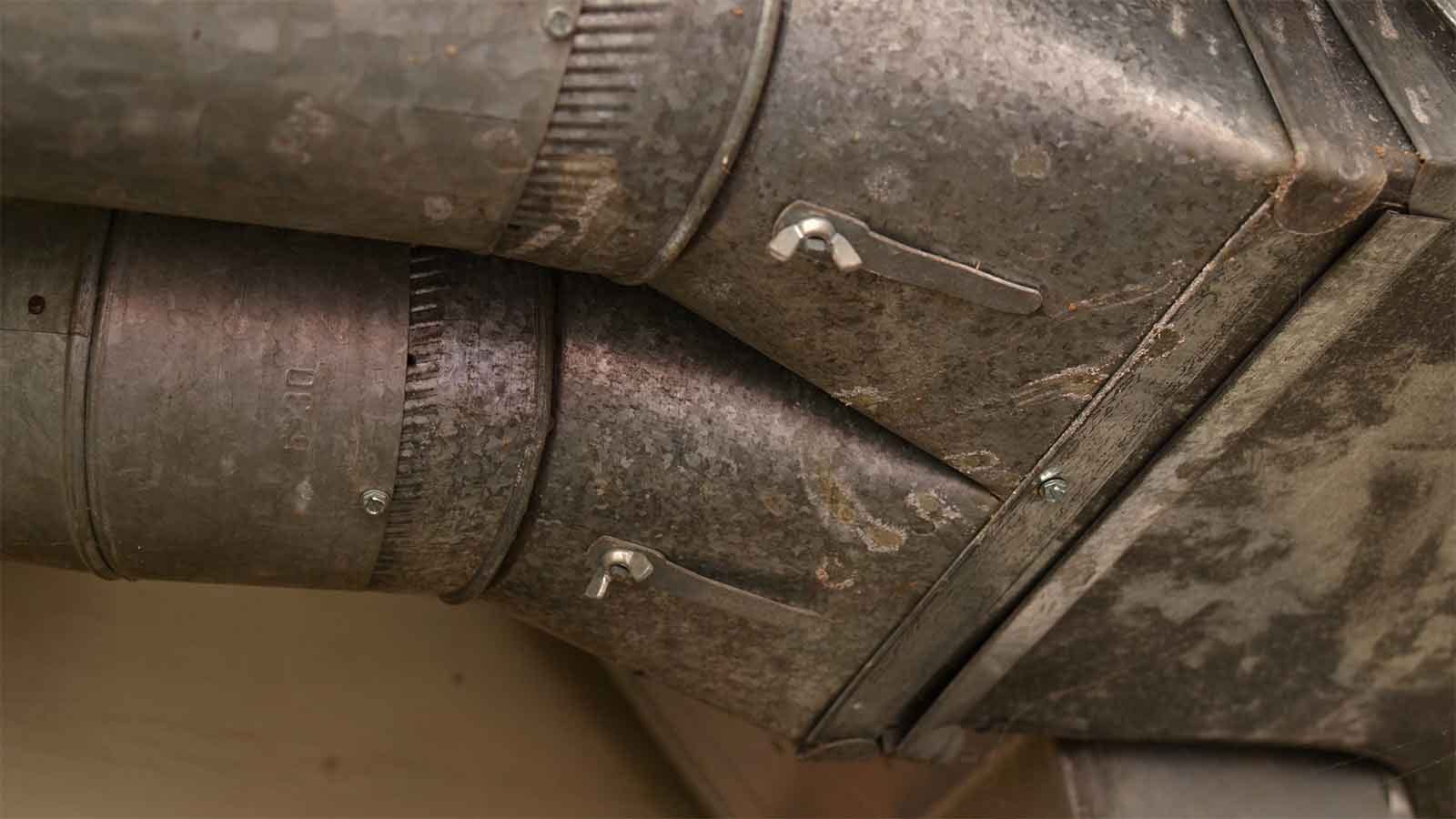
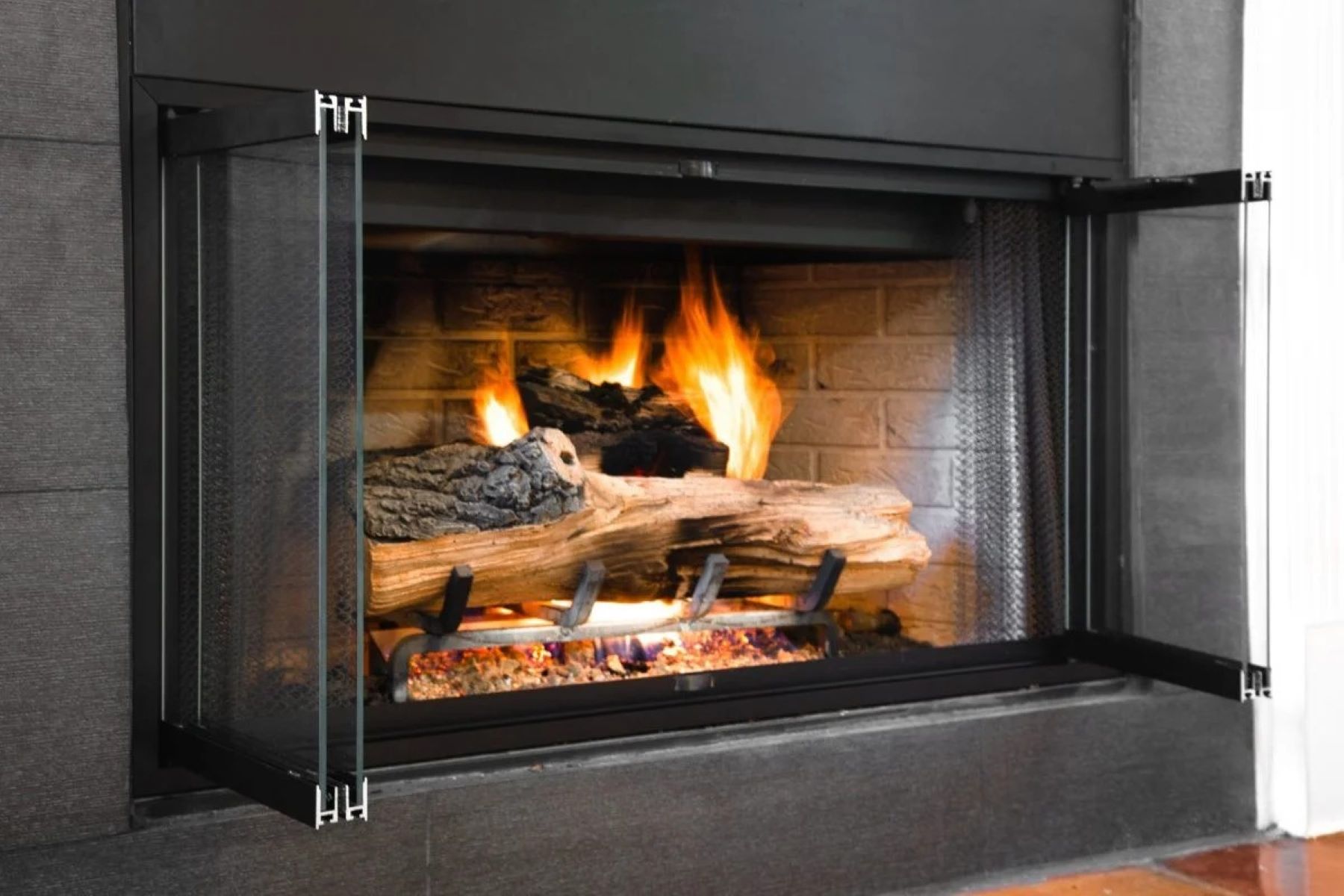
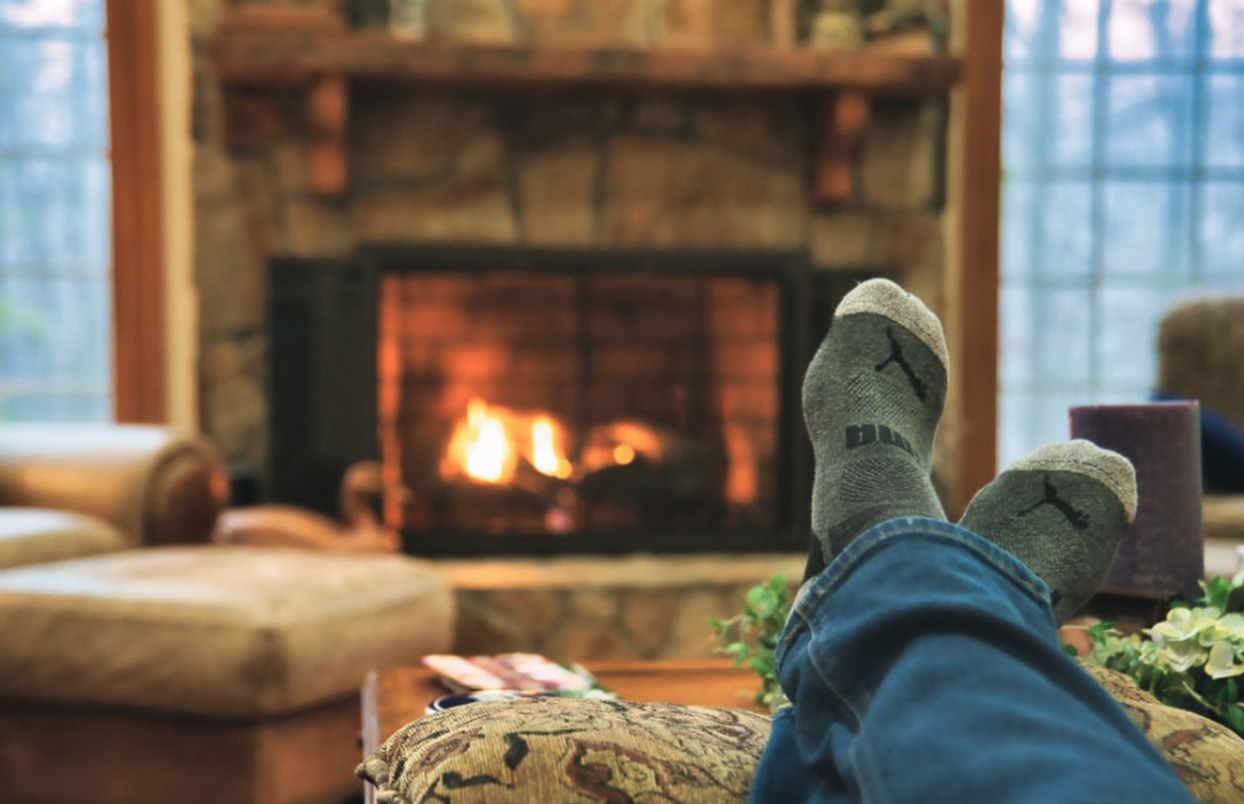
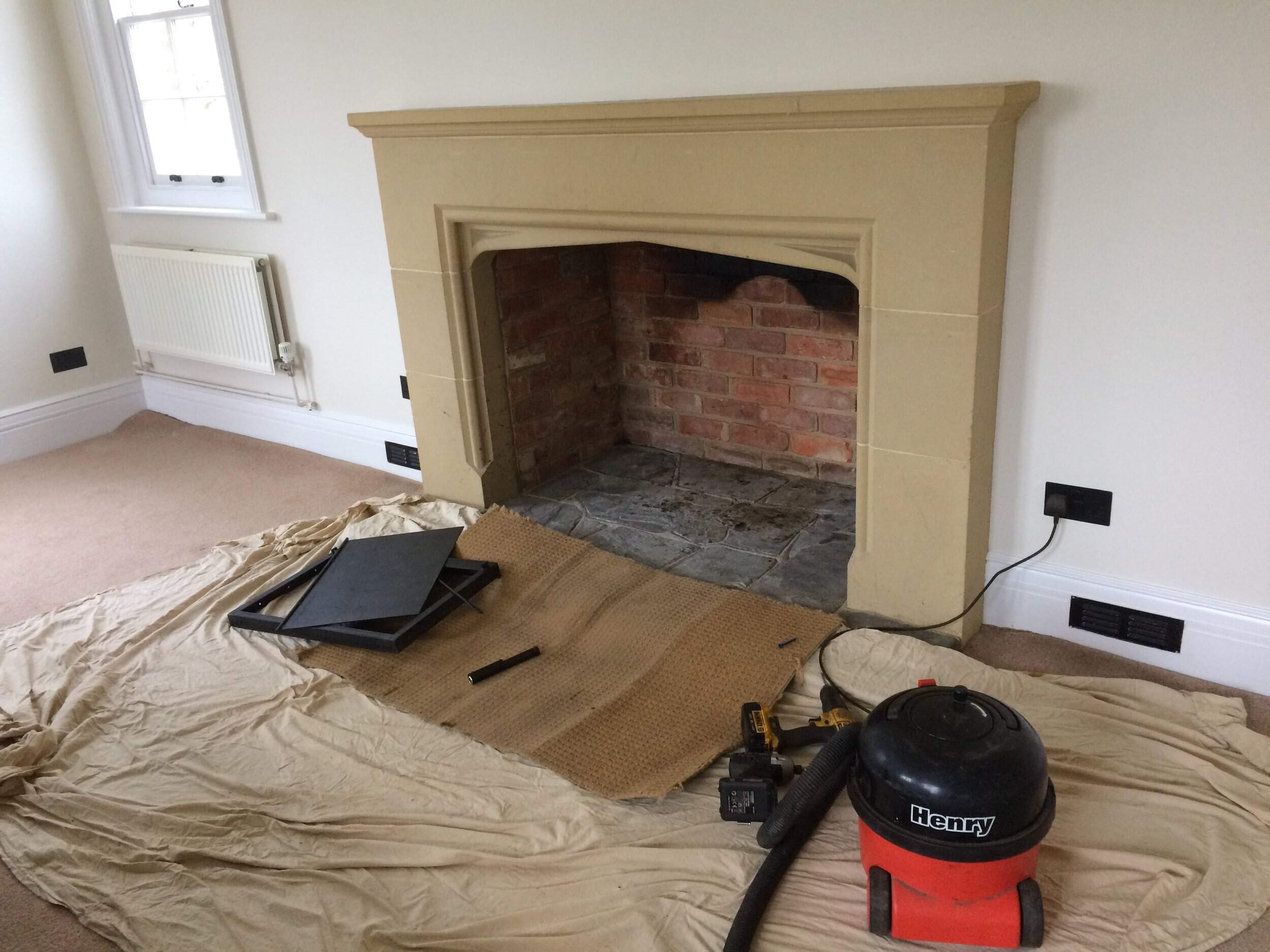
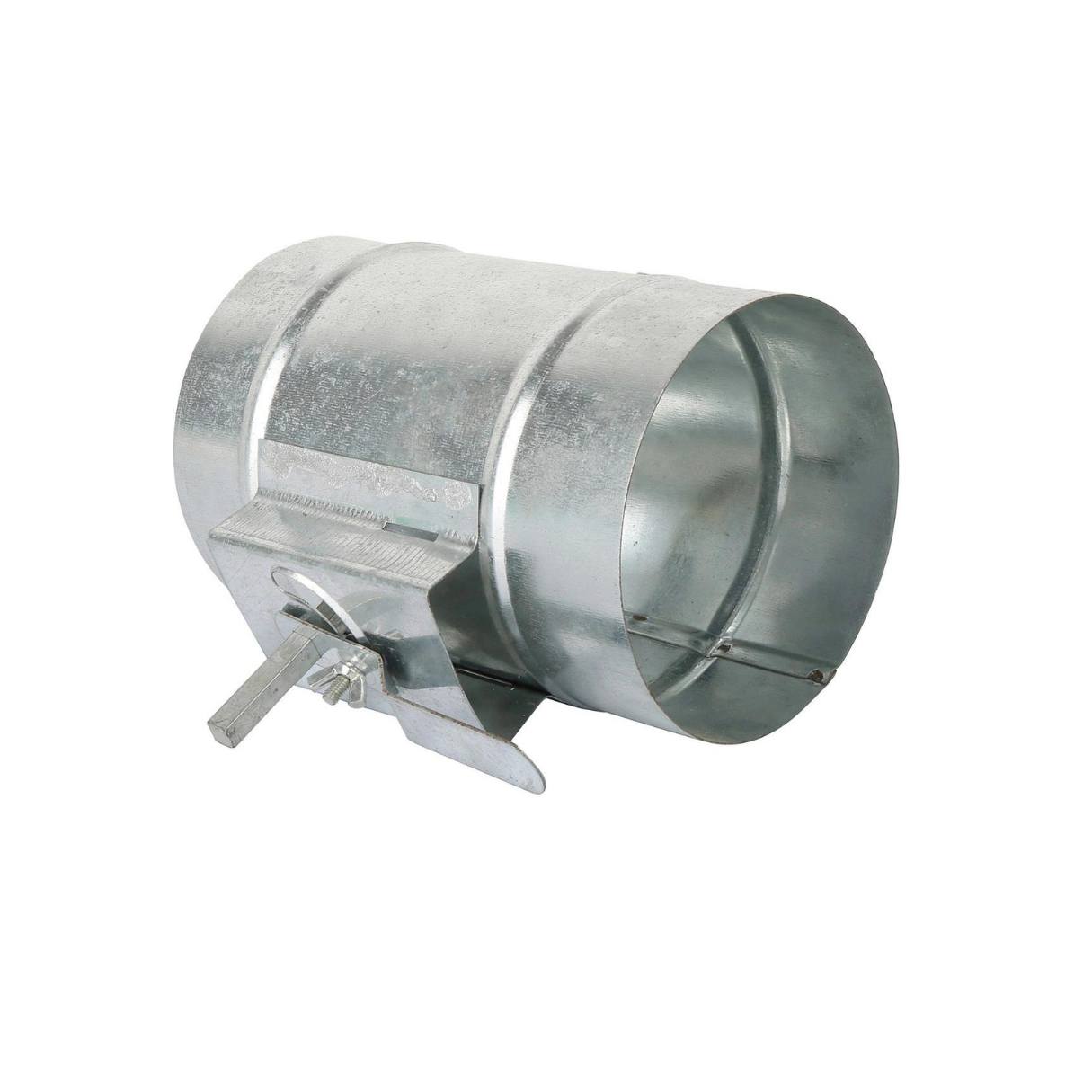
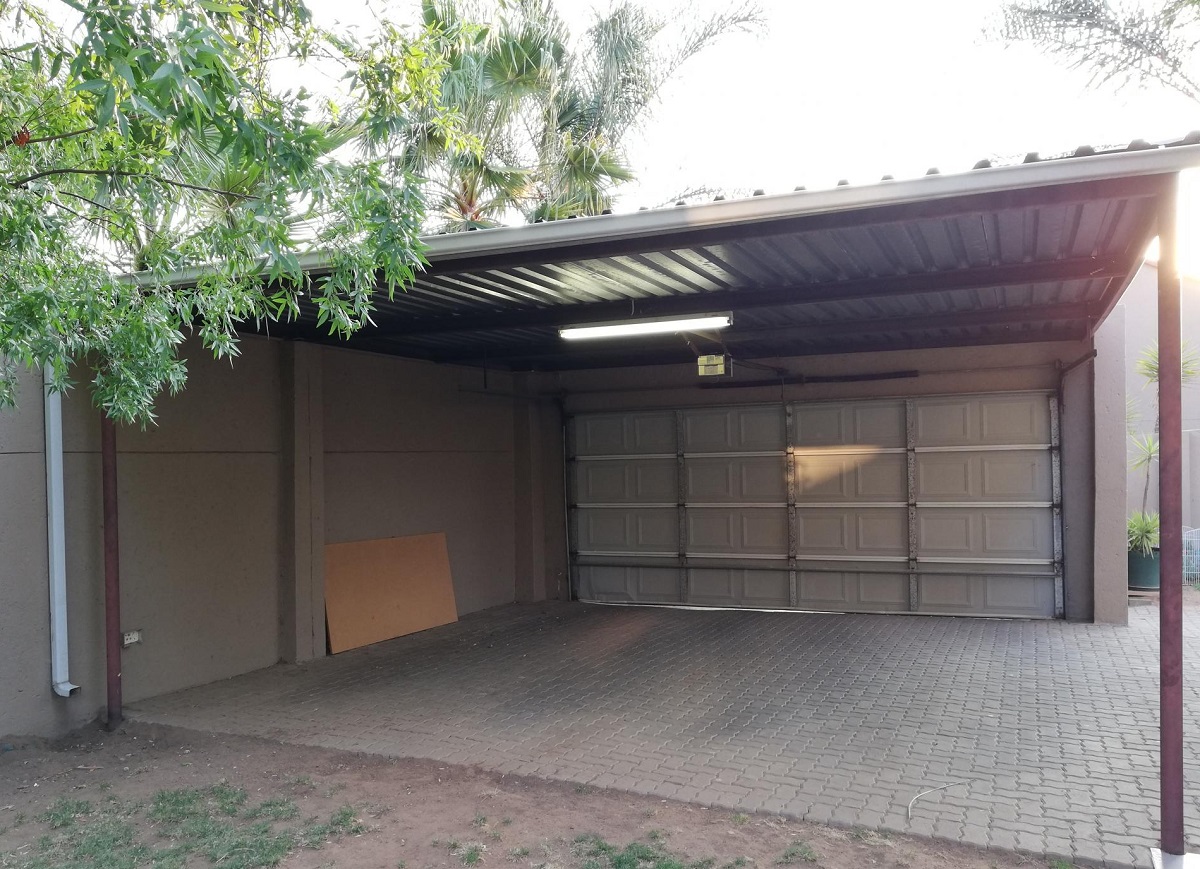
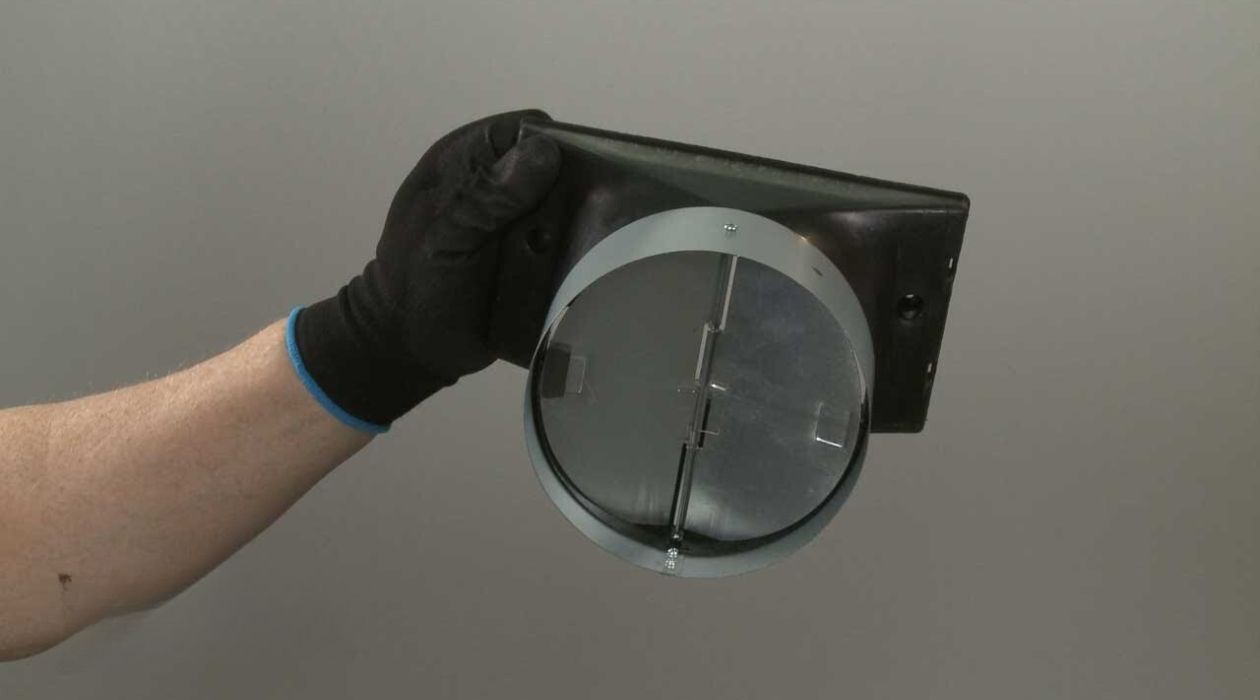
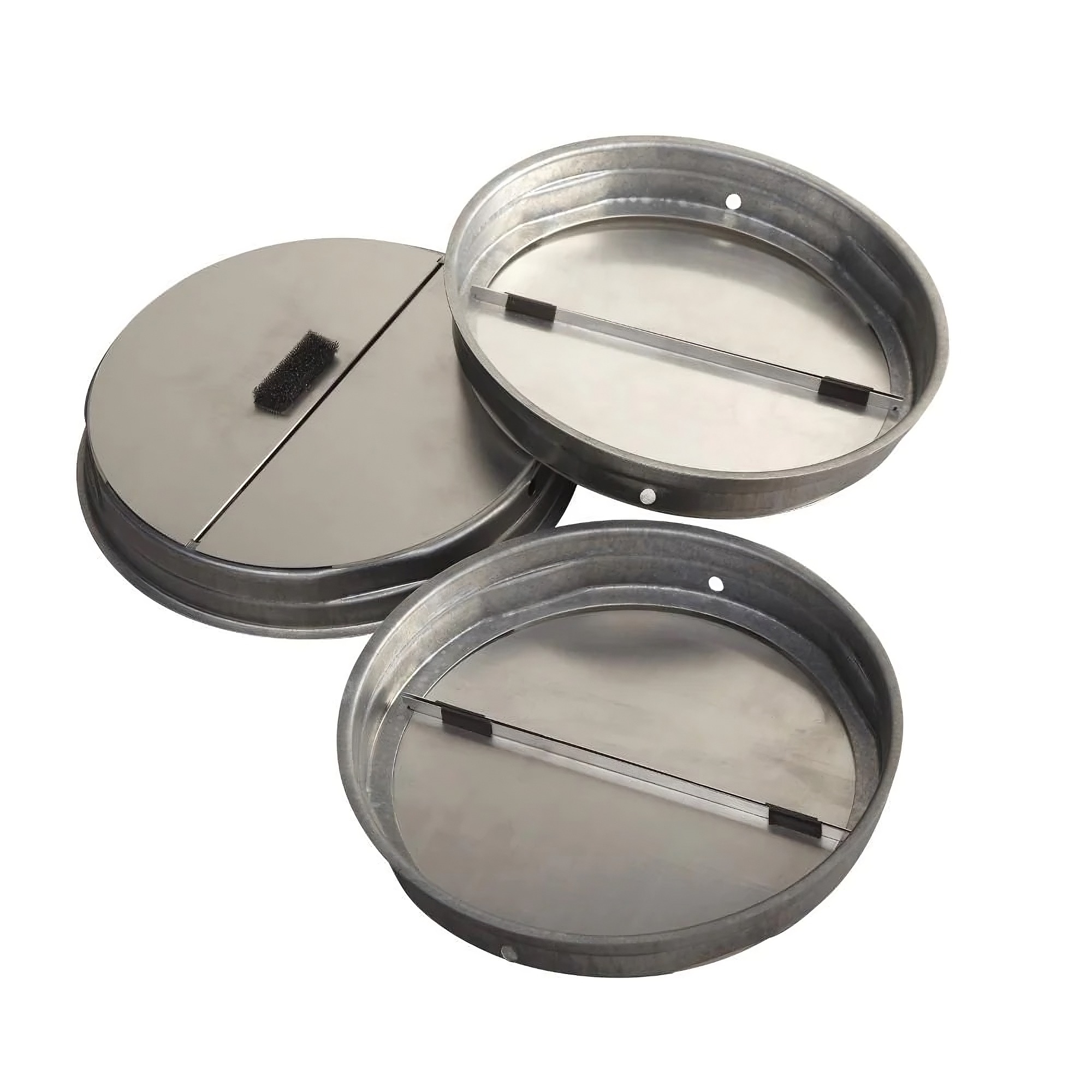
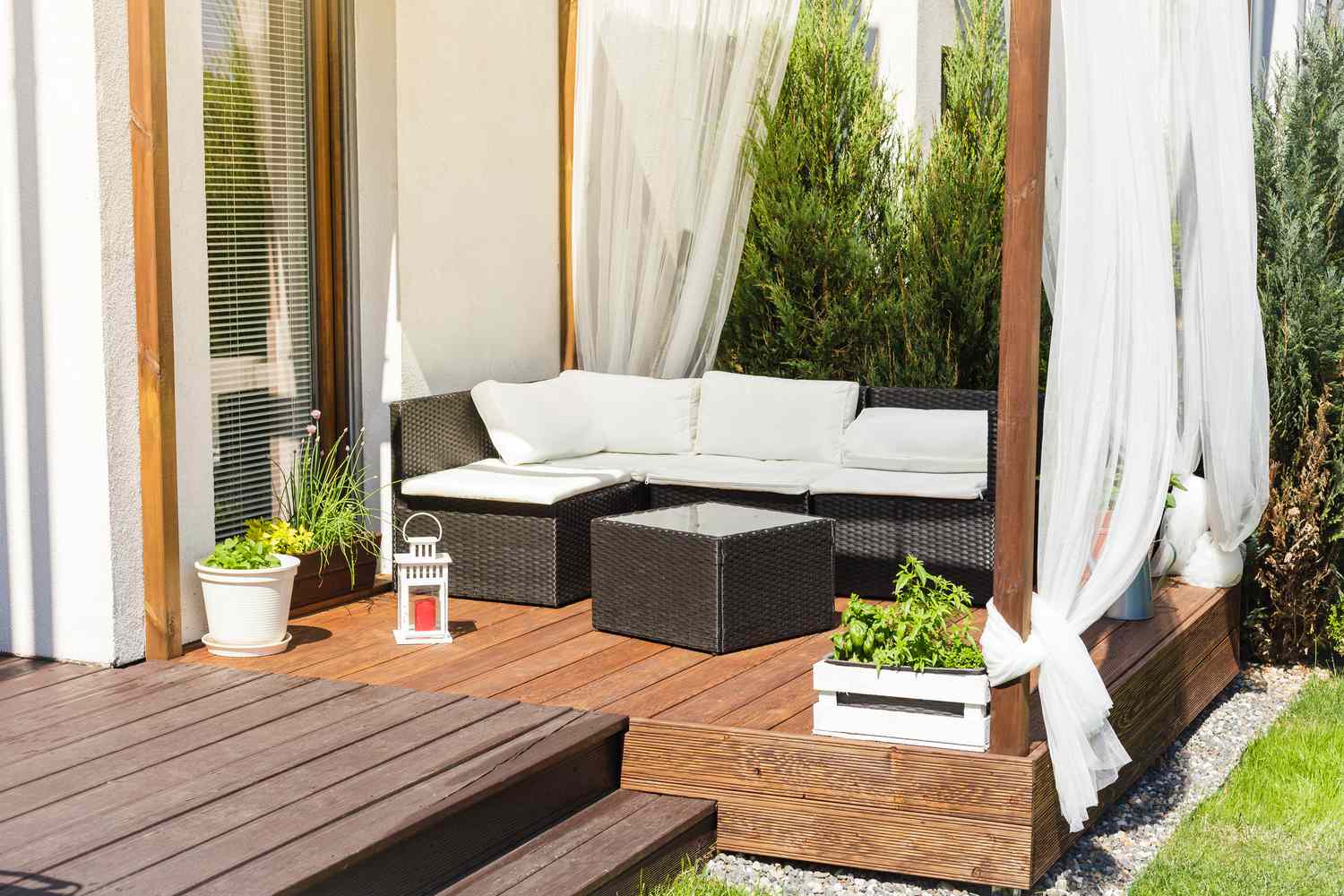

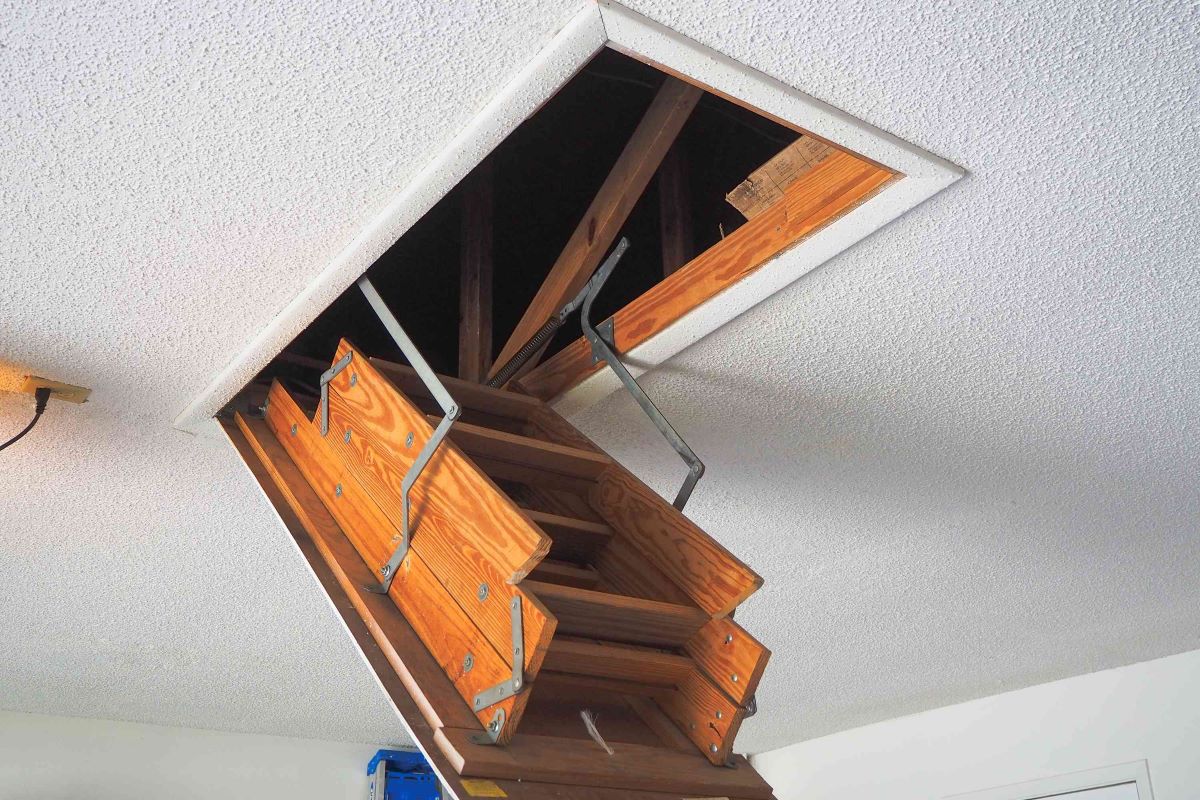

0 thoughts on “How To Close Fireplace Damper”